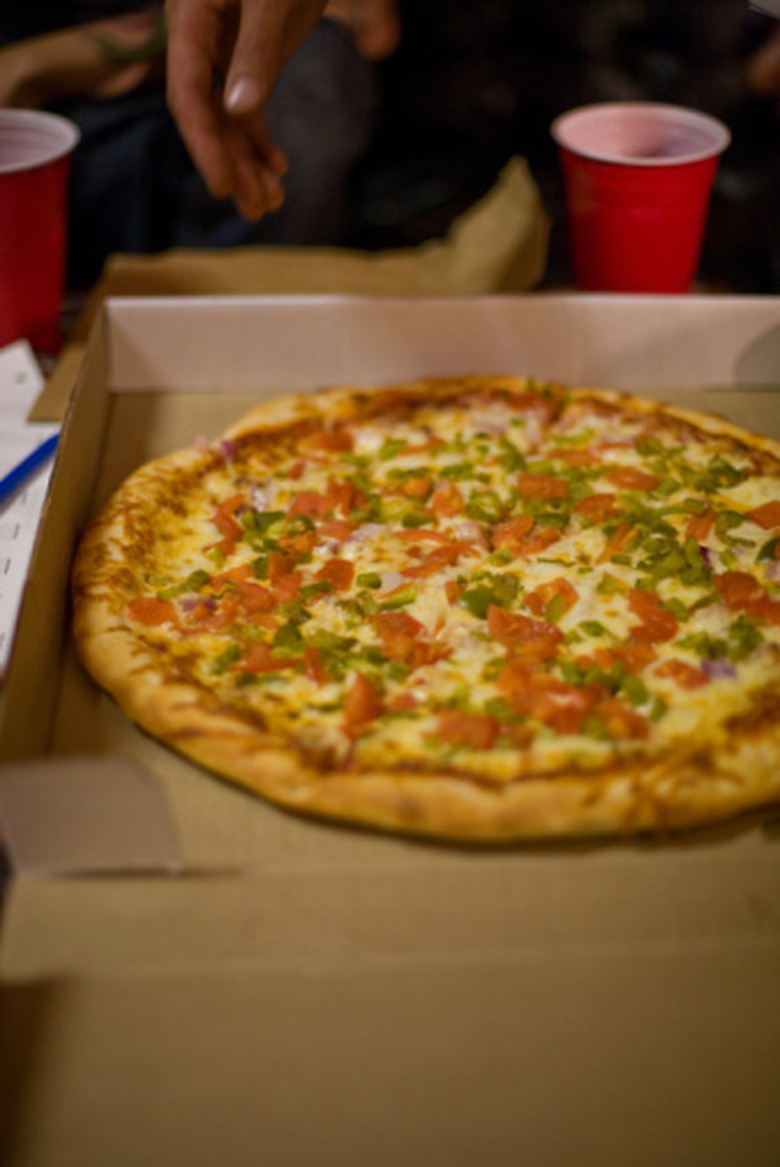How To Teach Fractions For Fourth Grade Math
In middle school and beyond, many students still struggle to understand the concept of how fractions work. Working with students in the fourth grade can help you give them the support they will need in the years to come. As a fourth grade math teacher, focus on the main concepts of how fractions work, including how they represent parts of a whole (e.g., pieces of a pie) or pieces of a collection (e.g., students in a classroom), as well as how to represent them using numbers (e.g., 1/4).
Step 1
Explain that the circle on the board represents one pizza. Tell students that you and a friend want to split the pizza, and you want to have equal pieces. Demonstrate how to split the pizza in half. Then ask students how they would split the pizza if there were four of you or eight of you who each wanted a slice.
Step 2
Use words (as opposed to written fractions) to discuss the fractions in the example above. For example, you might say, "There are four of us, so we'll split the pizza into fourths, or quarters. I have one fourth of the pizza, and each of my friends have a fourth too. If we each split our pizza pieces in half, we'll have eight pieces. Then we will each have two eighths."
Step 3
Write the fraction 1/2 on the board, and explain that the bottom number (denominator) shows how many parts the pizza is divided into, and the top number (numerator) shows how many pieces of the pizza you are holding. Show students how to represent fractions like 3/4, 2/3, and 5/8.
Step 4
Ask students to identify various physical representations of one quarter, one third, one eighth, two thirds, and similar basic fractions. They should be able to identify these both as phrases (e.g., one quarter) and numbers (e.g., 1/4). The physical representations should extend beyond circles. Ask students to fold rectangular paper into equal sections in order to represent fractions instead.
Step 5
Use discrete models once students have mastered the continuous models of paper folding. For example, give students each handfuls of colored candies and show them how to figure out what fraction each color is of the whole. This is a tougher concept, which is why it should be introduced last.
Things Needed
- Large cardboard circle
- Scissors
- Tape or sticky magnets
TL;DR (Too Long; Didn't Read)
You can decorate the pizza to make it look more realistic. You can also use real tortillas instead, and let groups of students experiment with their own tortillas.
Warning
Fractional operations — addition, subtraction, multiplication, and division — should not be taught at this age. The most important goal in fourth grade is to understand the concept of a fraction and be able to apply it to various different situations.
Do not use denominators that are higher than 12 at this age.
Cite This Article
MLA
Perles, Carrie. "How To Teach Fractions For Fourth Grade Math" sciencing.com, https://www.sciencing.com/teach-fractions-fourth-grade-math-8149724/. 24 April 2017.
APA
Perles, Carrie. (2017, April 24). How To Teach Fractions For Fourth Grade Math. sciencing.com. Retrieved from https://www.sciencing.com/teach-fractions-fourth-grade-math-8149724/
Chicago
Perles, Carrie. How To Teach Fractions For Fourth Grade Math last modified August 30, 2022. https://www.sciencing.com/teach-fractions-fourth-grade-math-8149724/
